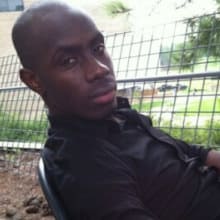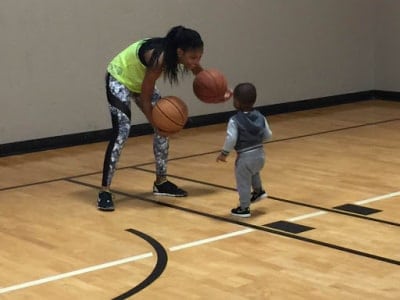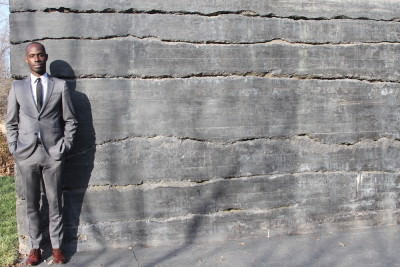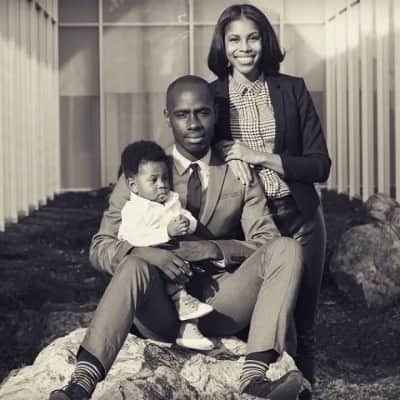
Miles,
I have observed something about poverty that I want to share with you. Many Americans see poverty through a racial lens. Some people believe an equals sign stands between poverty and minority.
This idea that poverty equals minority is not exclusive to white Americans. This idea is not exclusive to adults. Our school children, even minority students, absorb this false world view. So do our schools.
This idea ignores the complexity of poverty. It ignores the complexity of race.
And it leads to unintended consequences in education. White, poor students, for instance, become invisible.
Poverty misunderstood
For a long time, I thought of poverty as a condition where an individual lacks basic things. Schools used the same premise by looking at guardian income levels to determine access to free and reduced-price lunch, for example.
The use of “have or have not” descriptions of poverty are popular and easy to measure. Therefore, our society has a tendency to pay more attention to individual groups that suffer at higher percentages rather than looking at the numbers.
According to The Henry J. Kaiser Family Foundation,1 North Carolina has 700,000 white residents in poverty and 539,300 black residents in poverty.
If we only see the blacks that live in poverty, then we miss 700,000 people.
The percentages are where black North Carolinians exceed white North Carolinians: 27 percent live in poverty for blacks compared to 12 percent for whites.
I just find it difficult, ineffective, and inefficient to use race as a filter for thinking about poverty because it ignores that these people share the same economic struggles. And often the economic struggle isn’t the real problems for students.
Broken relationships
In my experience, broken relationships, instead of family income, speak more to students’ experience of poverty and performance in school than anything else.
I recently attended a meeting where we discussed the definition of poverty. The group first collected definitions of poverty from the attendees. Generally, everyone had a western view of poverty that looked at quality of life created through job, income, and education, etc.
But this group went on to think about poverty as a set of broken relationships either between individuals or between individuals and the community or between an individual and institutions. Institutions include schools.
As a school administrator, I have to review the life stories of my students for the purposes of creating an educational learning plan for each of them. These stories reveal the quality of relationships formed between the student and their family and their community and their school.
Broken relationships exist in the lives of all of my students.
No one is exempt
Students are overwhelmed less by poverty and more by the pressures of broken relationships at home, in the community, and at school.
Some students have difficulty aligning the expectations of their parents with the expectations of teachers. Some students are separated from their parents and struggling to adjust to living with a grandparent. Other students have disruptive relationships with their community, often impacting healthier relationships at home and school.
Miles, our goal for students should be an abundance of healthy relationships at home, in the community, and at school regardless of poverty or race.
Your Dad
Here are the other letters in this series exploring how to change the trajectory of black men in North Carolina.




